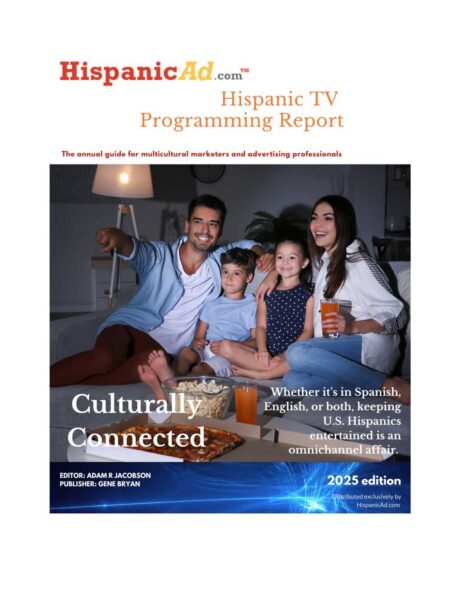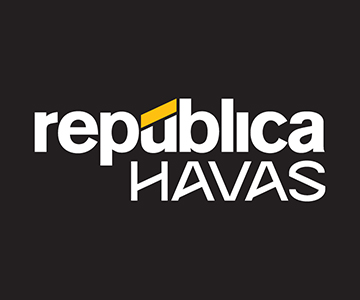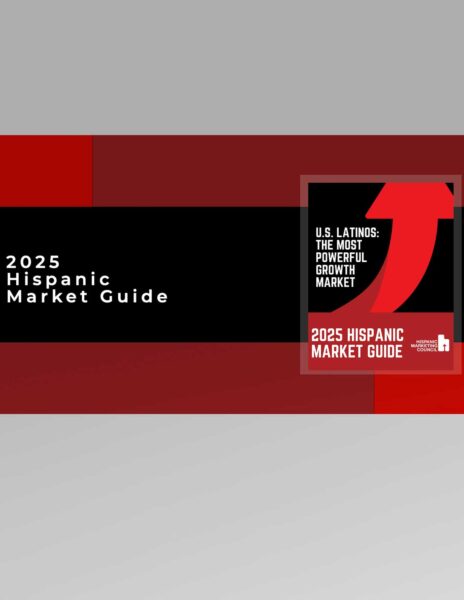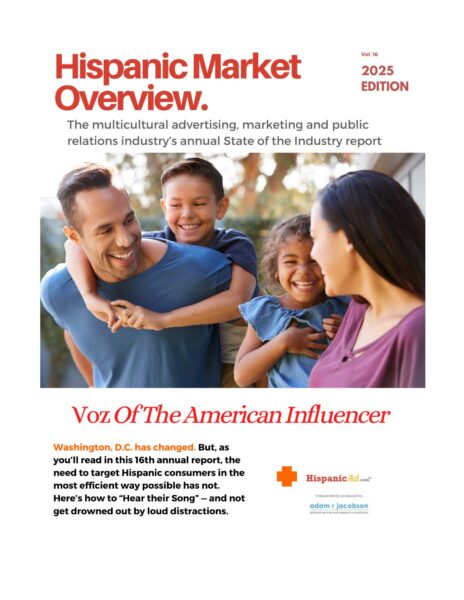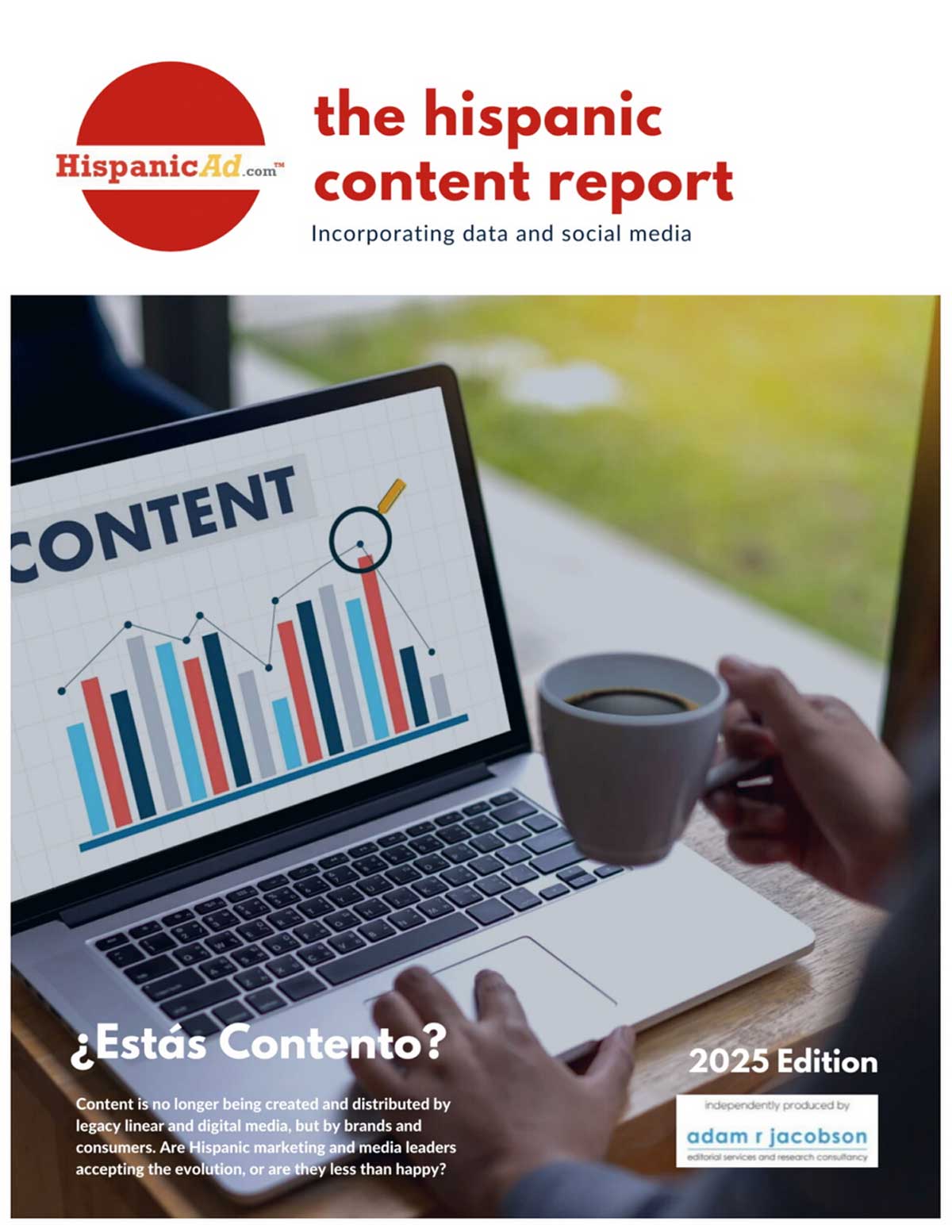Integration not scale is key to media success
November 1, 2025

Big multinationals can no longer rely on being big multinationals to secure advantage when it comes to media. Instead, they need to build in-house capabilities and connections says Tom Ashby, Global Lead, Media Services at WFA.
We live in a world of change and the way big brands manage their media is not exempt from its impact. Integration and in-house capabilities are becoming key to success in 2025 and beyond.
WFA research conducted with mediasense reveals how the media function is being transformed by the impact of digital and AI, highlighting the need for change in three key areas: integration, connection and partnerships.
Perhaps the biggest wake up call for multinationals is that they can no longer use their market power alone to drive success. AI is removing competitive advantage on execution, the differentiator is how well linked media is with other marketing workstreams.
In big companies there is also a changing dynamic between global and the markets to be managed smarter. With regional teams being removed, the potential for miscommunication is being amplified making it more vital than ever to upskill strategic skills across the organisation.
Contrary to some industry commentary, however, agencies will continue to be vital but only where they can bring transformative ideas and activations to the table. Simply transacting on behalf of clients is not a long-term business plan for advertising holding companies.
Many multinationals have a lot of work to do to meet the challenge and their leaders recognise the fact.
Key research findings – based on responses from 56 of the world’s biggest companies representing $52billion in annual media spend – include the fact that just 25% of marketers believe they have the right level of resources and capabilities and a similar proportion (26%) feeling they have the right technological infrastructure in place.
When it comes to AI, an even lower proportion (19%) feel they are in a position to effectively scale the use of AI across their media investments.
The Future of the Media Organization highlights five key areas where media leaders now need to manage for the future. If you want to make media a driver of business growth, then structural and capability gaps need to be closed decisively.
he agency relationship: agencies remain vital for execution and scale, but strategy should move in-house. Brands want partners who can integrate, advise and innovate – not just manage spend. Agencies should be selected for their ability to deliver transformation.
- Media must be rooted in growth strategy: only 35% of multinationals believe media’s contribution to growth is well understood beyond the media team. Unless media is positioned as a strategic driver, it risks being deprioritized in the next budget cycle, the C-suite needs to know how media drives growth.
- Integration is the next competitive advantage: AI and automation will level the playing field in execution. The performance (long and short-term) differentiator will be integration: connecting brand, content, commerce and data into a seamless consumer experience. Media leaders need to invest in orchestration roles, shared KPIs and governance frameworks that will better connect teams.
- Capabilities matter more than headcount: competitive advantage will come from targeted capabilities in areas such as audience planning, measurement, data fluency and AI. Bigger is not always better and the most priority should be on capability-building in areas that create multiplier effects.
- Rethink the global-local balance: regional capability, knowledge and leadership is being hollowed out as big companies seek to reduce costs so brands need to create a new connection between global and local. There are many potential solutions from rethinking regional hubs to cross-market pods or technology platforms but without a deliberate model, global sets the rules and local improvises, leading to inconsistency.
- Redefine the agency relationship: agencies remain vital for execution and scale, but strategy should move in-house. Brands want partners who can integrate, advise and innovate – not just manage spend. Agencies should be selected for their ability to deliver transformation
It’s no longer enough to optimize yesterday’s thinking because those who hesitate will be left behind.













